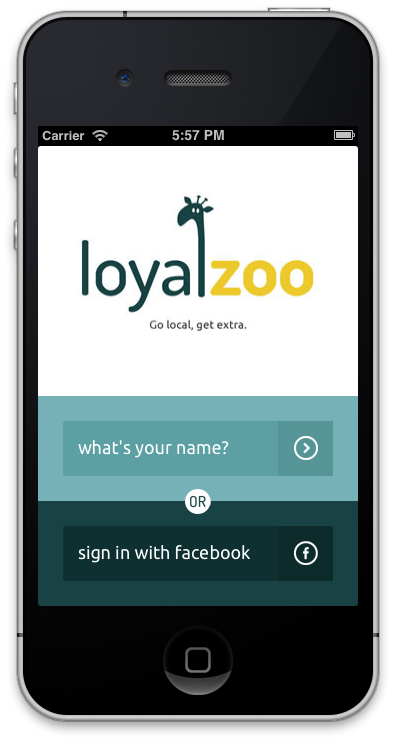17 Apr

1. Unachievable rewards
Would you attempt a marathon if you only ever run to catch the bus? Set rewards that feel achievable to your customers. A good rule of thumb is to require the equivalent to between 4 and 12 visits/purchases before a reward can be redeemed. How many depends on the cost and type of product you sell. If you sell low-cost, high frequency items such as sandwiches and hot drinks, a higher required number of visits is ok. If you sell more expensive items a shorter redemption path paired with an in-store discount can work really well.
2. Complicated and complex loyalty programs
If your customers struggle to understand the structure of your loyalty program, they are unlikely to get engaged. Make it easy for them. Having a flat and easy structure; e.g. 1 point per pound/dollar spent, which is easy to understand for customers and easy to run for staff. The more complex you make your loyalty program, the less likely it is to become a success.
3. Fraud or mistakes
Mistakes can always happen, and there will always be an element of trust involved with loyalty cards – some people are put off by the risk that it can be abused. If you choose to use a loyalty app (such as our own, Loyalzoo) you have the added benefit of seeing customer data which can be matched with transactions if something looks suspicious. It can even be fully automated and tied to your Point-of-Sale, in which case it is impossible to abuse, as point-allocation is automated.
4. Not giving your program enough attention
Don’t expect people to automatically join your loyalty program. They need to be informed that it exists, about the benefits they get from it and how they join. Once that’s done – keep reminding them to use it. Chances are they will forget, so make a habit of mentioning it at every transaction. Having some visuals in the till-area also help, a sticker or a tent card work really well in our experience. That’s why we at Loyalzoo send a bunch of each to everyone who signs up, to help them spread the word about their new loyalty program (you can find out more about our app here).
5. Not having the staff onboard
Without the staff being informed and trained, it will be hard to keep it going and get picked up by customers. All members of staff should know how it works, what the rewards are and how people join. If everyone works together, it will be really easy to manage – and much better for customers and staff alike. Think of it as rowing a boat in a team of eight – it would be really hard to move that boat on your own, with the 7 others weighing you down. But if you all work together, it’s incredibly easy.

